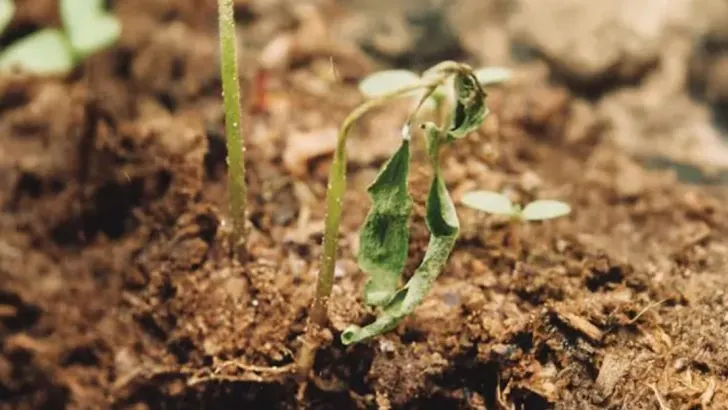You followed the instructions. You used the right soil, watered carefully, placed them under grow lights or in a sunny window. And still—your seedlings wilt, stretch, or just stop growing. It’s frustrating, especially when you feel like you’re doing everything right.
The truth is, seed starting can be deceptively tricky. Tiny variables—like inconsistent temperatures, poor airflow, or the wrong kind of light—can sabotage your efforts before you even realize what’s gone wrong. And some of the most common mistakes aren’t mentioned on the seed packet.
In this article, we’ll uncover the hidden reasons why seedlings fail and show you how to fix them—so your next batch of sprouts grows strong, healthy, and transplant-ready. Sometimes it’s not what you’re doing wrong—it’s what you’re not seeing yet.
Inconsistent Watering
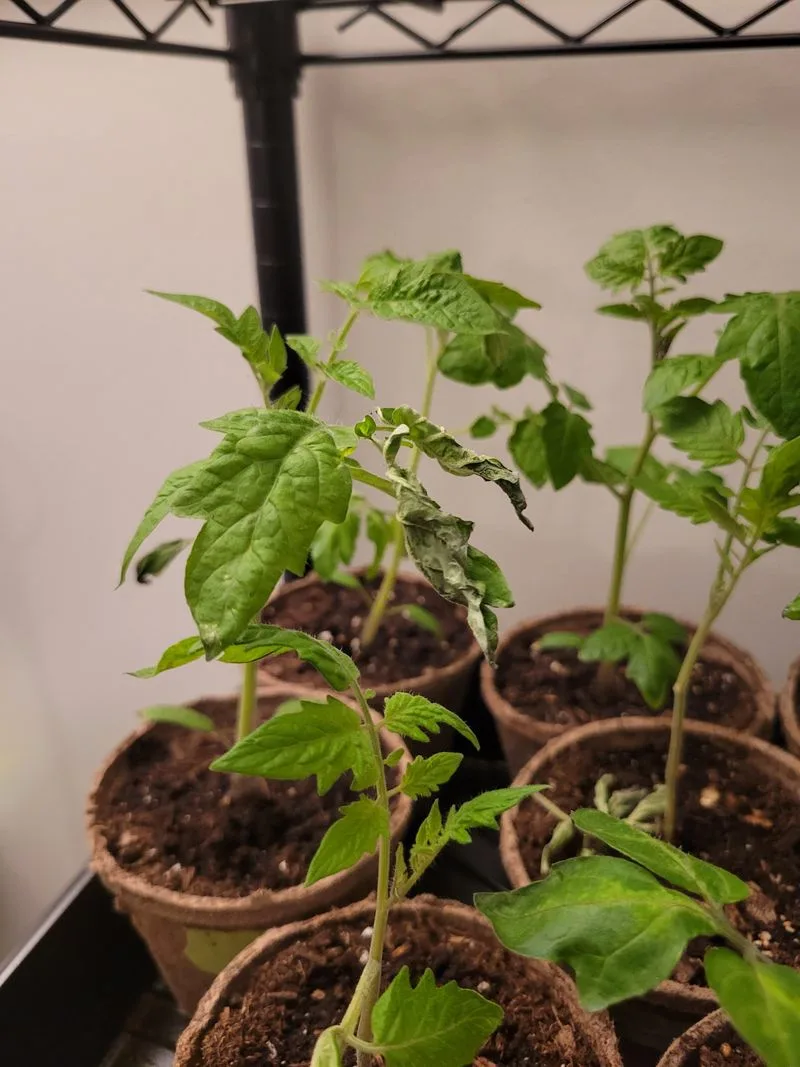
Imagine standing over your precious seedlings, watering can at the ready, yet they continue to wilt. Inconsistent watering could be the silent saboteur in your garden. Seedlings need just enough moisture—not too much, not too little—to thrive.
A lack of consistency can lead to root rot or dehydration, both of which spell disaster for fragile seedlings. Consider setting a watering schedule and stick to it, adjusting only as needed for weather and humidity changes. This simple routine can make a world of difference.
Remember, it’s the balance that counts.
Poor Soil Quality

The very foundation of your seedlings’ home—the soil—could be their downfall. Poor soil quality, lacking in essential nutrients, can hinder growth from the start. It’s not just about dirt; it’s about creating a nurturing environment.
Opt for a high-quality seed-starting mix, rich in organic matter and nutrients. This provides a sturdy base for your plants to take root and flourish.
Testing soil pH and amending it with compost or other supplements can also give seedlings the boost they need. A little attention here goes a long way.
Lack of Adequate Lighting
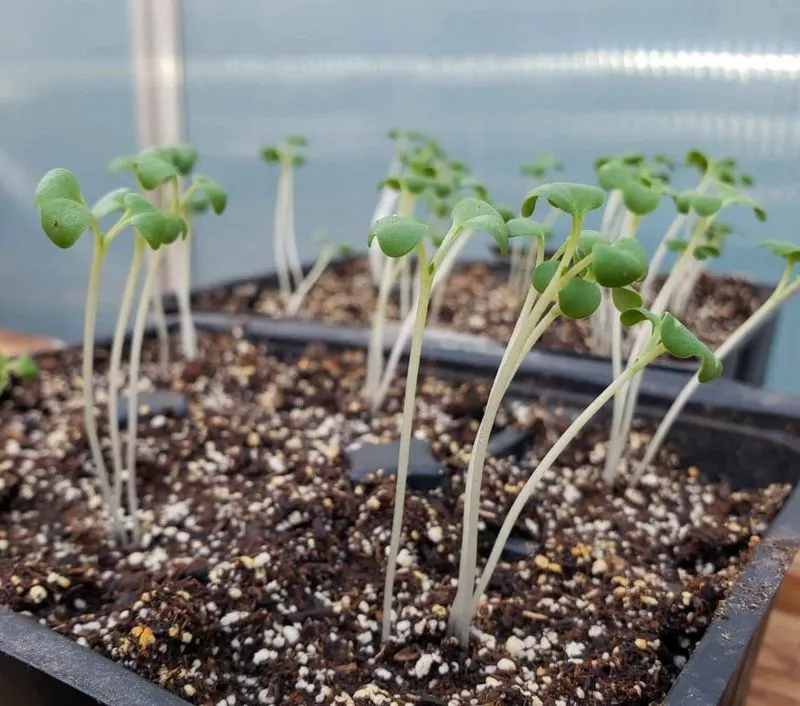
Every gardener’s nightmare: leggy seedlings straining towards a distant light source. Insufficient lighting can lead to weak, spindly growth that’s unable to support future growth.
Proper lighting is crucial, particularly during the early stages of development. Position seedlings near a south-facing window or under grow lights to ensure they receive bright, consistent light.
Consider rotating the trays regularly to provide uniform light exposure. This small adjustment can strengthen seedlings, preparing them for the outdoors.
Improper Temperature
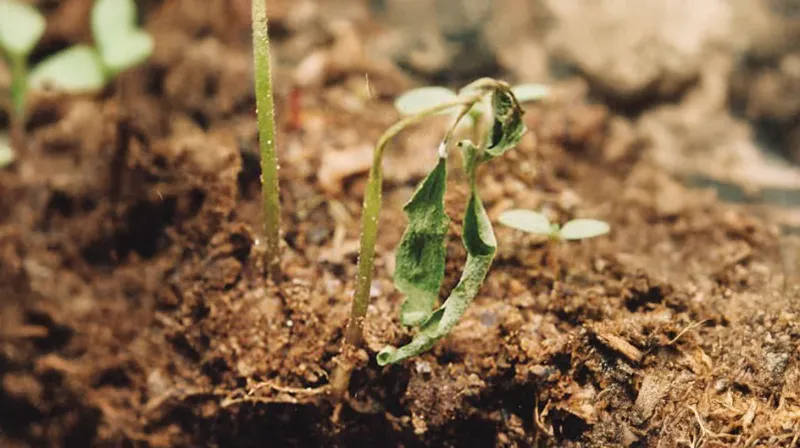
Temperature might seem trivial, but it plays a critical role in seedling health. Too cold, and their growth slows; too hot, and they might dry out.
Find a spot with stable temperatures, ideally between 65-75°F, to encourage robust growth. If your home tends to fluctuate, consider using a heat mat designed for seed starting.
This keeps seedlings at an optimal temperature even when ambient temperatures dip. Maintaining the right temperature can greatly influence success rates.
Overcrowding Seedlings
A packed seedling tray can look promising, but overcrowding is a common misstep. It can lead to competition for resources, resulting in weaker plants.
Thin them out to give each seedling the space it needs to access sunlight, nutrients, and water. This practice not only prevents resource competition but also reduces the risk of disease.
With adequate space, seedlings develop stronger roots and stems, setting the stage for healthy transplants. It’s a simple strategy that yields significant benefits.
Pest Infestation
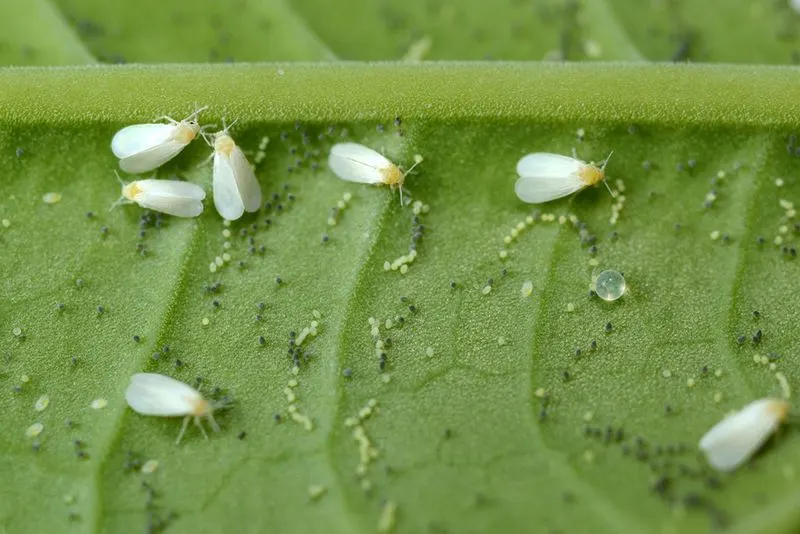
Even the tiniest of pests can wreak havoc on young seedlings. Aphids, gnats, and other common culprits can quickly damage or destroy tender plants.
Regular inspections are key—look for signs like chewed leaves or discolored spots. Introducing beneficial insects or using gentle, organic pest control methods can safeguard your seedlings.
Acting swiftly can prevent minor issues from escalating into full-blown infestations. Keeping pests at bay ensures your seedlings have a fighting chance.
Improper Transplanting Techniques
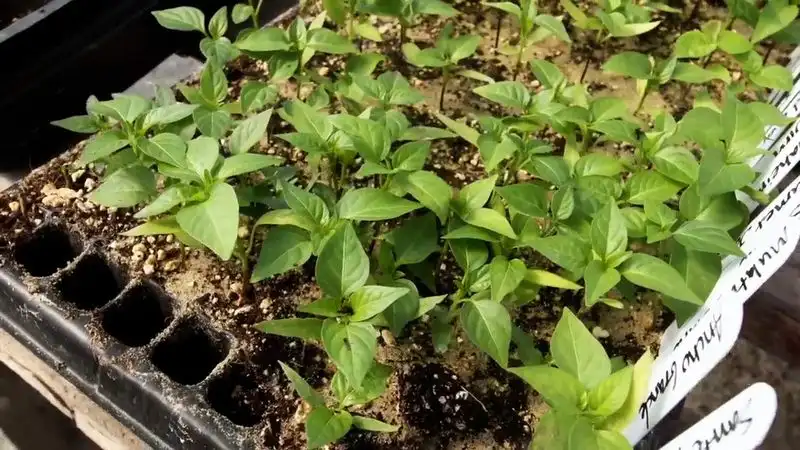
Transplanting is a delicate phase, where improper techniques can shock seedlings, stalling their progress. Handling them with care is essential.
Use tools like a small spoon to lift seedlings, keeping their roots intact. Gradually acclimate them to outdoor conditions by hardening off over a week.
This involves exposing them to sunlight and wind incrementally, reducing shock. With the right approach, seedlings transition smoothly to their new homes, ready to flourish.

